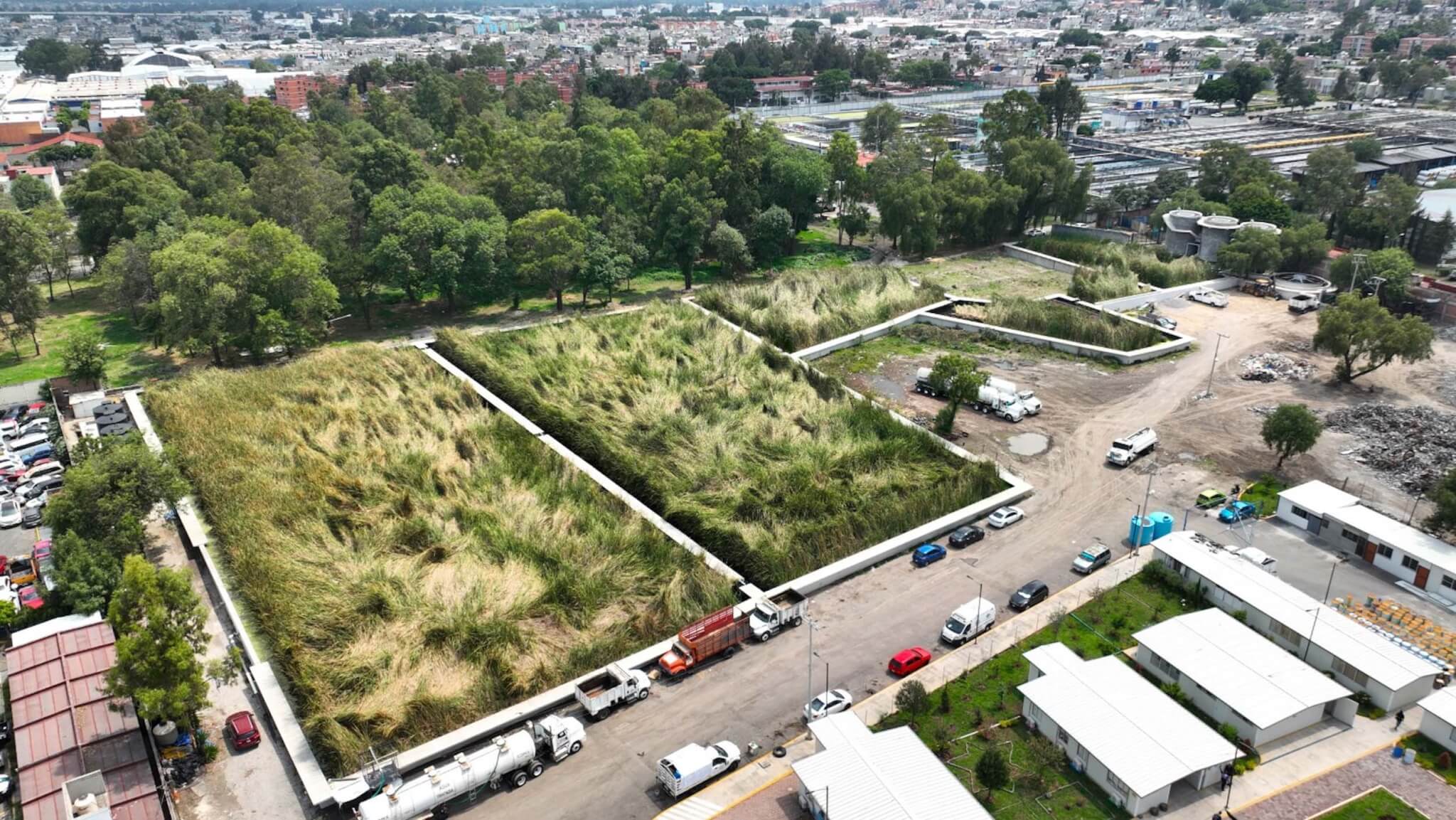This article is part of our series of profiles on The Architectural League of New York’s 2024 Emerging Voices winners published in the March/April issue of AN. The full list of winners can be found here.
Cano Vera Arquitectura is a Mexico City–based studio led by Juan Carlos Cano, Paloma Vera, and Fermin Andrade where everyone wears multiple hats. During business hours, the firm designs social housing, infrastructure, and cultural projects throughout Mexico, with an emphasis on underserved neighborhoods. But interspersed throughout the day and into the night, Cano runs a publishing house, MaNgOs de HaCHa, that produces poetry, film criticism, and biographical works, while Vera helps edit Arquine, a world-renowned architecture publication located in CDMX.
Prior to practicing architecture, Cano earned a master’s degree in literature theory, an accomplishment, he told AN, that he puts to use in his practice. “I try to incorporate poetry in the architectural work,” Cano said, “not in a literal way, but rather we try to find certain essences of the architecture that create certain kinds of poetry, which is very difficult to do when you’re doing corporate work.”

Since 2007, designers at Cano Vera have been mentored by Oscar Hagerman, a famous architect and educator respected for his work with Mexico’s Indigenous communities. Cano told AN that Hagerman has been an influential voice in a handful of Cano Vera’s projects, including the University of the Environment campus in Acatitlán which teaches students about sustainable agricultural practices. In 2020, when Cano Vera was hired to transform Mexico’s former presidential palace into a public building, Hagerman was also there to help the firm’s leadership along the way.
Utopia Estrella is one of Cano Vera’s ongoing projects that demonstrates the studio’s commitment to weaving together themes of design excellence, nature, and poetry. In eastern Mexico City, Cano Vera transformed a former landfill into a wetland and also designed an adjacent community center. Today, the project serves one of the poorest quarters of Mexico City. “Designing public works in Mexico can be chaotic and quite tense,” Cano said. “But we’re very interested in this work. We’re committed to doing public buildings.”

